It makes sense that if patients don’t know a solution exists, then they can’t ask for it. Following are two examples of gaps in communication related to patient concerns that were evident in several of the Consumer Insights reports.
EXAMPLE 1: Data from the digital device use surveys in 2017 revealed that across the globe there was strong interest among contact lens wearers in exploring solutions to reduce device-related eye tiredness and to understand more about the effects of digital device use on their eyes.1 With the COVID-19 pandemic, digital device use expanded across all age groups as education, work, and social activities became increasingly screen-based. Given that digital device usage has been associated with
dry eye disease (DED) and risk of gradual ocular health deterioration,11,12 the sharp increase in digital device use during the pandemic, often with extended screen times, was accompanied by more patients experiencing symptoms.11
However, despite patients reporting they had questions and interest in discussing their digital device concerns, it was uncommon for patients or ECPs to raise this topic during eye examinations.1 Proactive discussions can open opportunities to offer solutions, such as recommending a contact lens specifically designed for digital device use or discussing strategies to manage symptoms associated with digital eye fatigue.






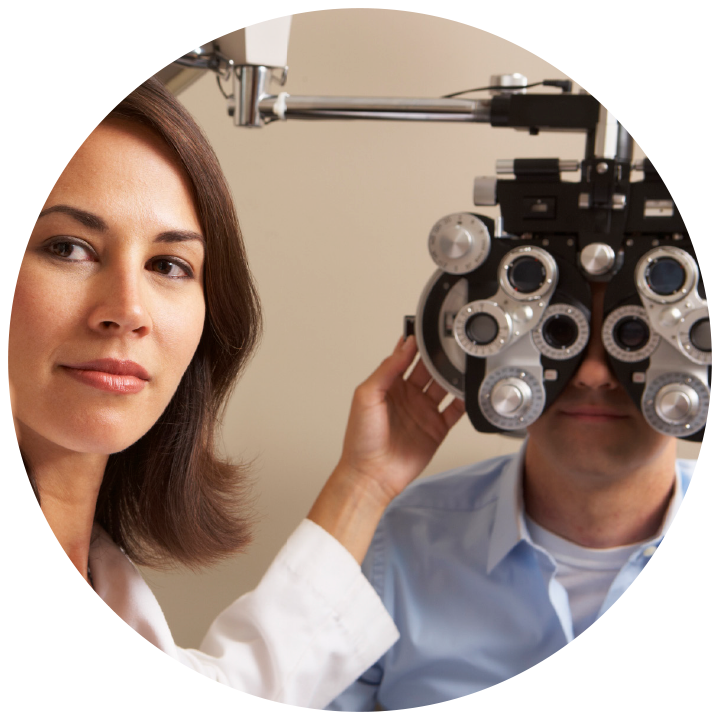


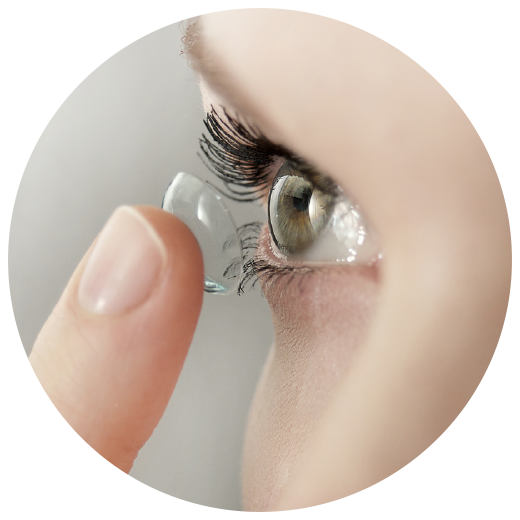
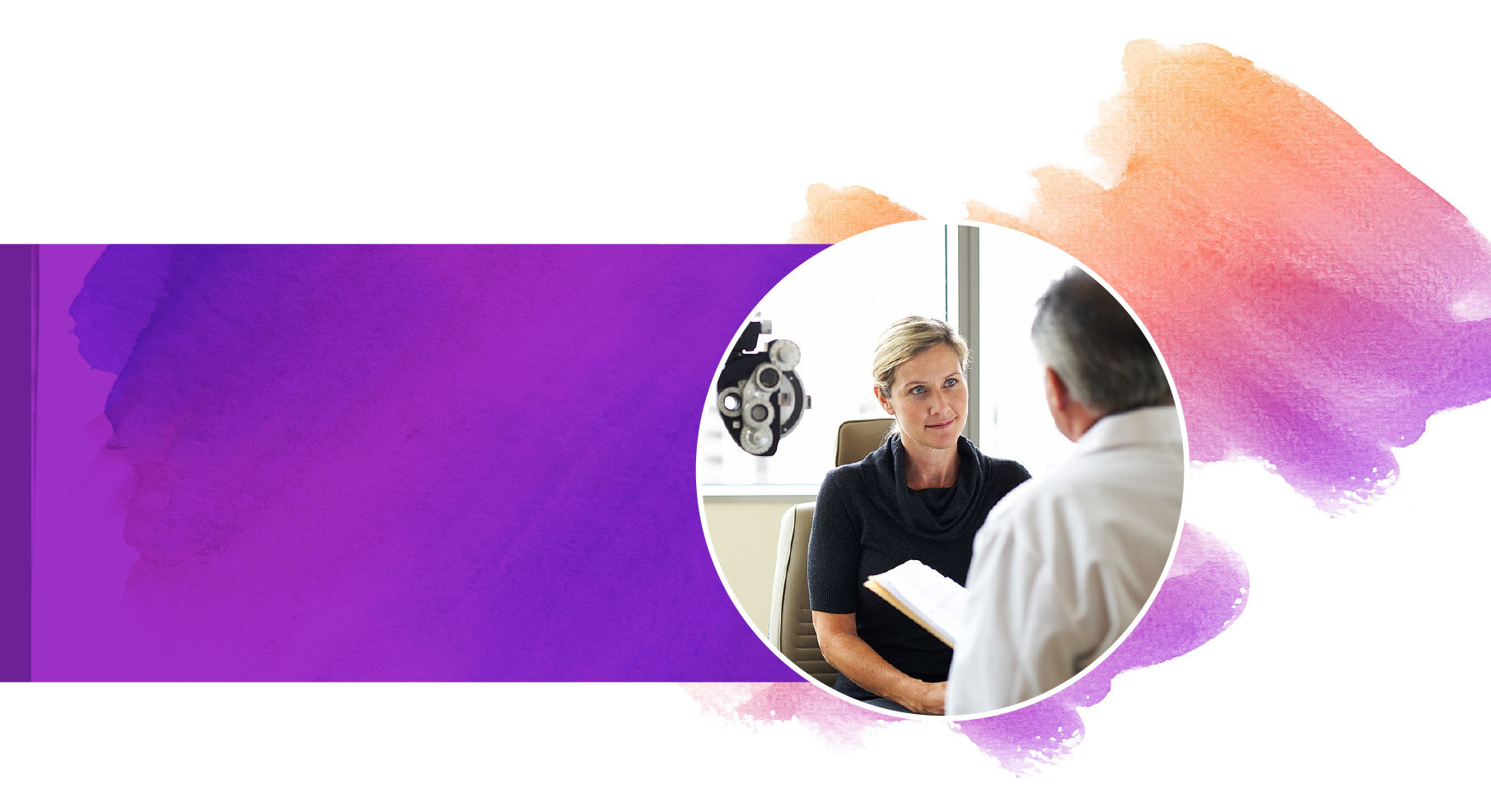

 of contact lens wearers had
of contact lens wearers had of contact lens wearers actively
of contact lens wearers actively of contact lens wearers were
interested in discussing with their ECP ways to
reduce their eye tiredness
of contact lens wearers were
interested in discussing with their ECP ways to
reduce their eye tiredness
 of surveyed contact
of surveyed contact
 experienced
difficulty
experienced
difficulty were uncomfortable putting
were uncomfortable putting experienced discomfort
experienced discomfort






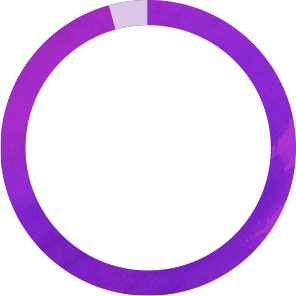

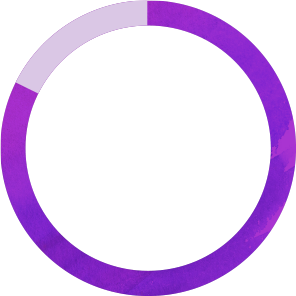

 started
started appreciated that contact
appreciated that contact reported contact
reported contact
 wore
reusable
contact lenses, and nearly
wore
reusable
contact lenses, and nearly






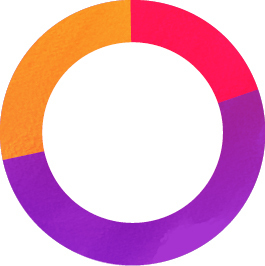
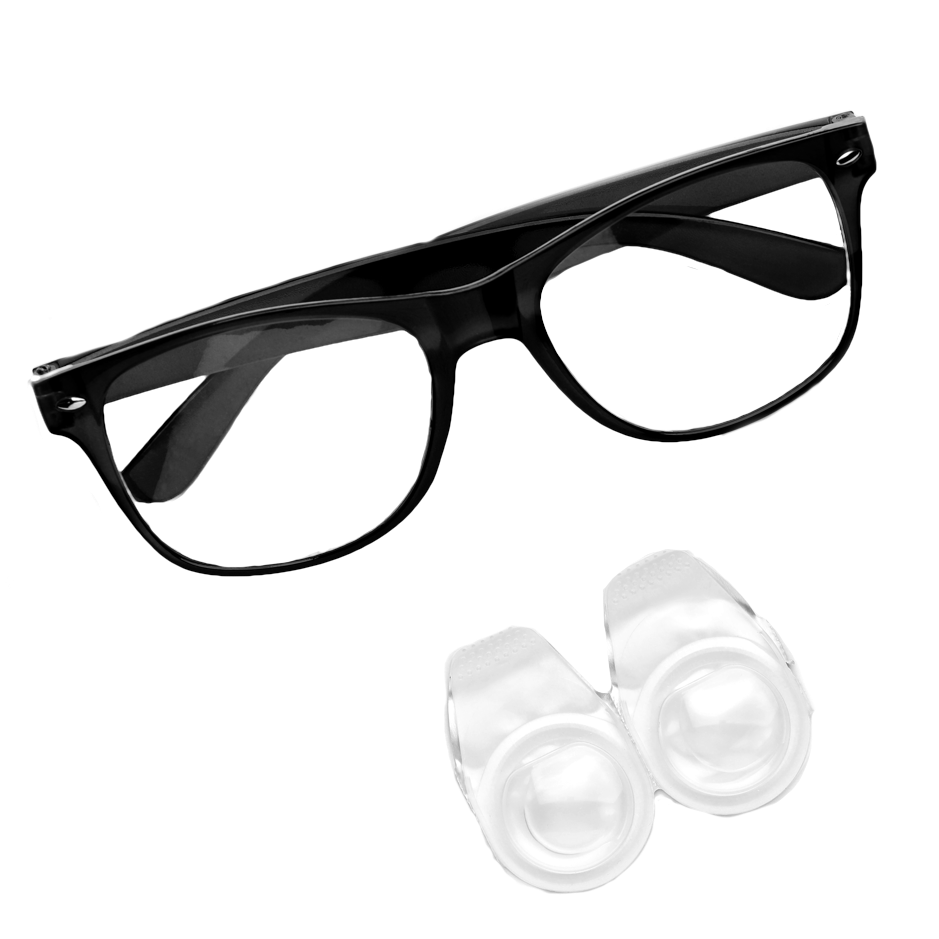
 contact lens wearers were willing to pay a premium for a contact lens that reduces symptoms of digital eye
fatigue
contact lens wearers were willing to pay a premium for a contact lens that reduces symptoms of digital eye
fatigue
 of contact lens wearers expected their ECP to recommend contact lenses that provide 100% of the oxygen
their eyes need, regardless of cost
of contact lens wearers expected their ECP to recommend contact lenses that provide 100% of the oxygen
their eyes need, regardless of cost
 of contact lens wearers were likely to follow the advice of their ECP, regardless of cost
of contact lens wearers were likely to follow the advice of their ECP, regardless of cost

 of 1 day
of 1 day of new
of new patients who
patients who
 of ECPs believed the cost to the patient for silicone hydrogel is prohibitive BUT 95% of ECPs would choose
silicone hydrogel for their 1 day patients if costs were equivalent to hydrogel
of ECPs believed the cost to the patient for silicone hydrogel is prohibitive BUT 95% of ECPs would choose
silicone hydrogel for their 1 day patients if costs were equivalent to hydrogel
 of ECPs believed some patients do not wear their contact lenses enough to require the oxygen permeability
benefit provided by silicone hydrogel daily disposables
of ECPs believed some patients do not wear their contact lenses enough to require the oxygen permeability
benefit provided by silicone hydrogel daily disposables
 of ECPs were concerned about an allergy to silicone hydrogel materials, even though this concern is unfounded17
of ECPs were concerned about an allergy to silicone hydrogel materials, even though this concern is unfounded17